Hello please find attached the daily photos. 16th APR 2022
Mission Support Crew 245 Picture of the Day 16Apr2022
Mission Support Crew 245 Daily Photos 12Apr2022
Mission Support Crew 245 Picture of the Day 12Apr2022
Crew 245 Photos for bios attached
Crew 245 Bios
Paolo Guardabasso
Paolo Guardabasso is a PhD candidate at the ISAE-SUPAERO University of Toulouse, France. Be holds two masters in aerospace engineering and space systems. The main subjects of his research are space debris, multi-body orbital mechanics and lunar exploration missions, to see the impact that the future missions towards the Moon will have on the debris environment. In his free time, Paolo acts as chief engineer for the Drone Operations for Martian Environment research group, and is an active collaborator of the Space Generation Advisory Council and Mars Planet, the Italian chapter of the Mars Society.
Nadia Maarouf
Dr. Nadia Maarouf is a medical scientist with expertise in Cardiac Sciences, Clinical Pharmacology and Pharmacogenomics. She is currently working as part of a clinical trial team (Clinical Neurosciences) at the University of Calgary, Cumming School of Medicine, Canada. Nadia is also an astronaut-scientist candidate who is very passionate about biomedical space research and advancing the health, safety and wellness of space explorers. Nadia aspires to conduct scientific experiments as a clinician-scientist at the future moon-base, solve a few medical mysteries and use this scientific knowledge to contribute to the improvement of the health and quality of life of all earthlings. Nadia is also trained in advanced wilderness and remote first response and survival management.
Vittorio Netti
Space Architect, M.Sc in Space Architecture at the University of Houston (TX), where he covers the teaching assistant position for the Space Technology Studio and graduate researcher. Currently a Ph.D. candidate in Aerospace Engineering and Sciences at PoliBa. Project Manager at DOME.
Simone Paternostro
"Studied Space Engineering, a BSc, two MSc at La Sapienza University of Rome and a PhD about Satellite Navigation at the University of Nottingham. Since April 2017 he has worked at ESA-ESTEC as a contractor for the integration of Payloads on board the ISS. He is also an Analog Astronaut for the OeWF."
Benjamin Pothier
A European Space Agency’s Euromoonmars former team member. He is a human factor expert for the Human Spaceflight committee of the International Astronautical Federation and an Explorers Club Fellow International specialized in the study of Life in [I.C.E] Isolated, Confined and Extreme environments.
Luca Rossettini
Serial entrepreneur, seeking profitable and sustainable expansion of humankind in space. PhD in Space Propulsion, Master in Sustainability, Certificate in Business, former Paracorp Officer, worked at NASA Ames, founder+CEO of D-Orbit. He loves parachute jumping, scuba diving and science fiction books.
Sol Summary April 10th
[category sol-summary}
Crew 245 Sol Summary Report 10-04-2022
SOL: 0
Summary Title: Landing day
Author’s name: Paolo Guardabasso
Mission status: The SMOPS crew arrived at the station
Sol Activity Summary: Arrived at 12:30 at the station, unloaded the CrewCar and the rental car and used the CrewCar to go back to Hanksville to retrieve food and cargo. Then we did some MDRS training with Shannon and showed the station around to the crew.
Look Ahead Plan: We will start Sim tomorrow before noon, and take some time before to train on Rover driving and take some pictures.
Anomalies in work: Internet was sometimes losing connection. We moved the Starlink antenna further from the station.
Weather: No update received, cloudy and quite windy.
Crew Physical Status: All nominal.
EVA: Nothing to report, not yet in sim.
Reports to be filled:
– HSO checklist
– Operation report
Support Requested: None
Mission Support Crew227 Some pictures 5Apr2022
Mission Support Crew227 Picture of the day 5Apr2022
Ignore First Operation report for March 29th
I will be sending a second corrected version.



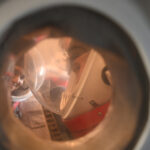
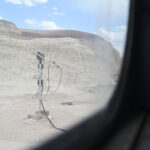

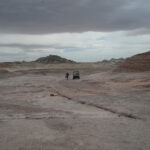
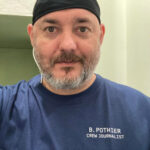
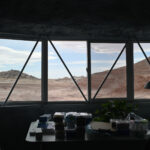
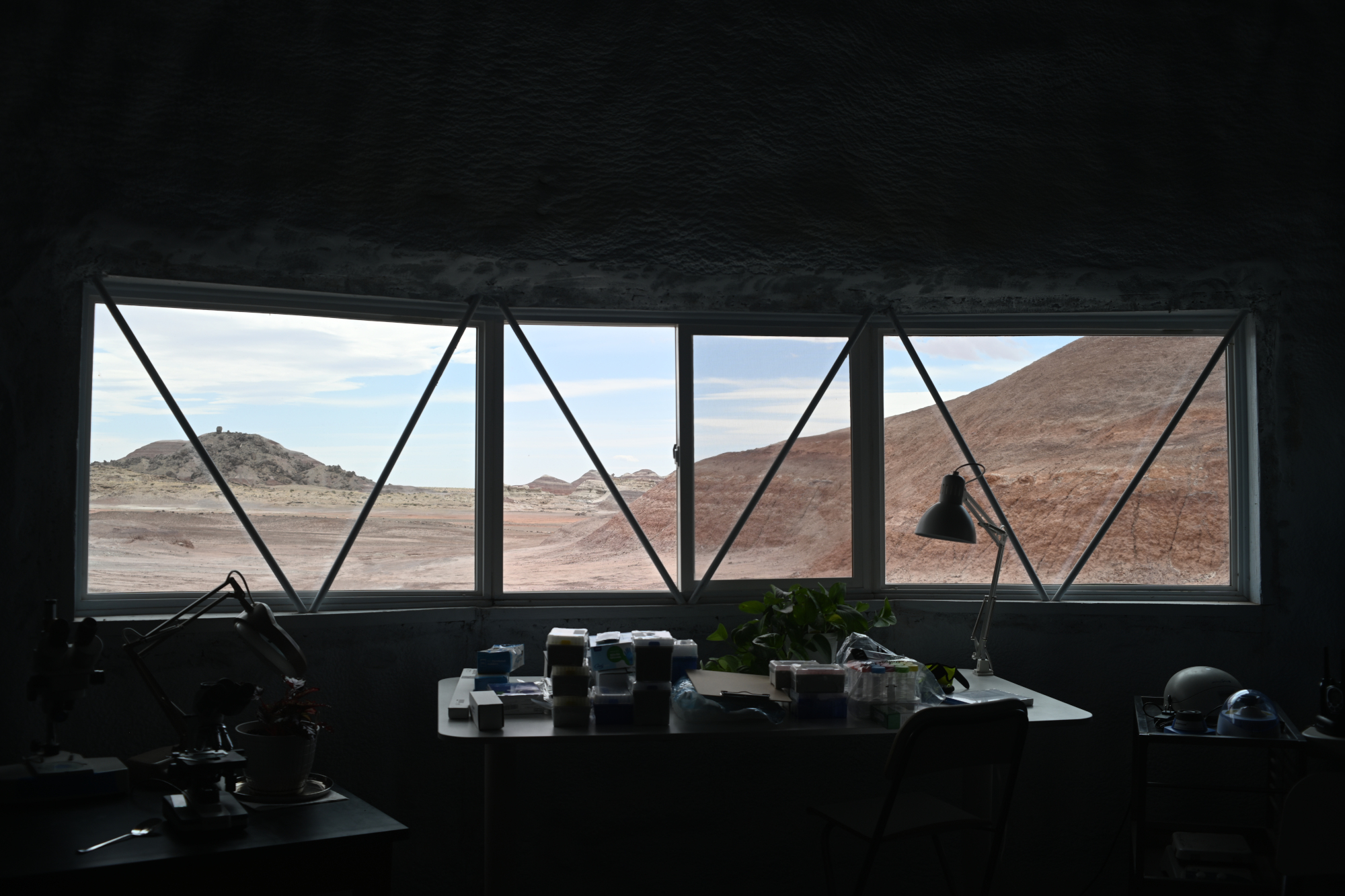
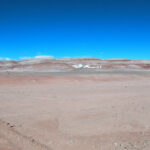
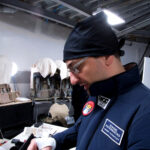
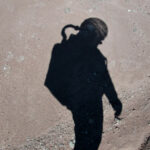
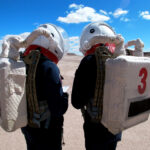

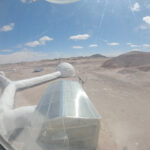

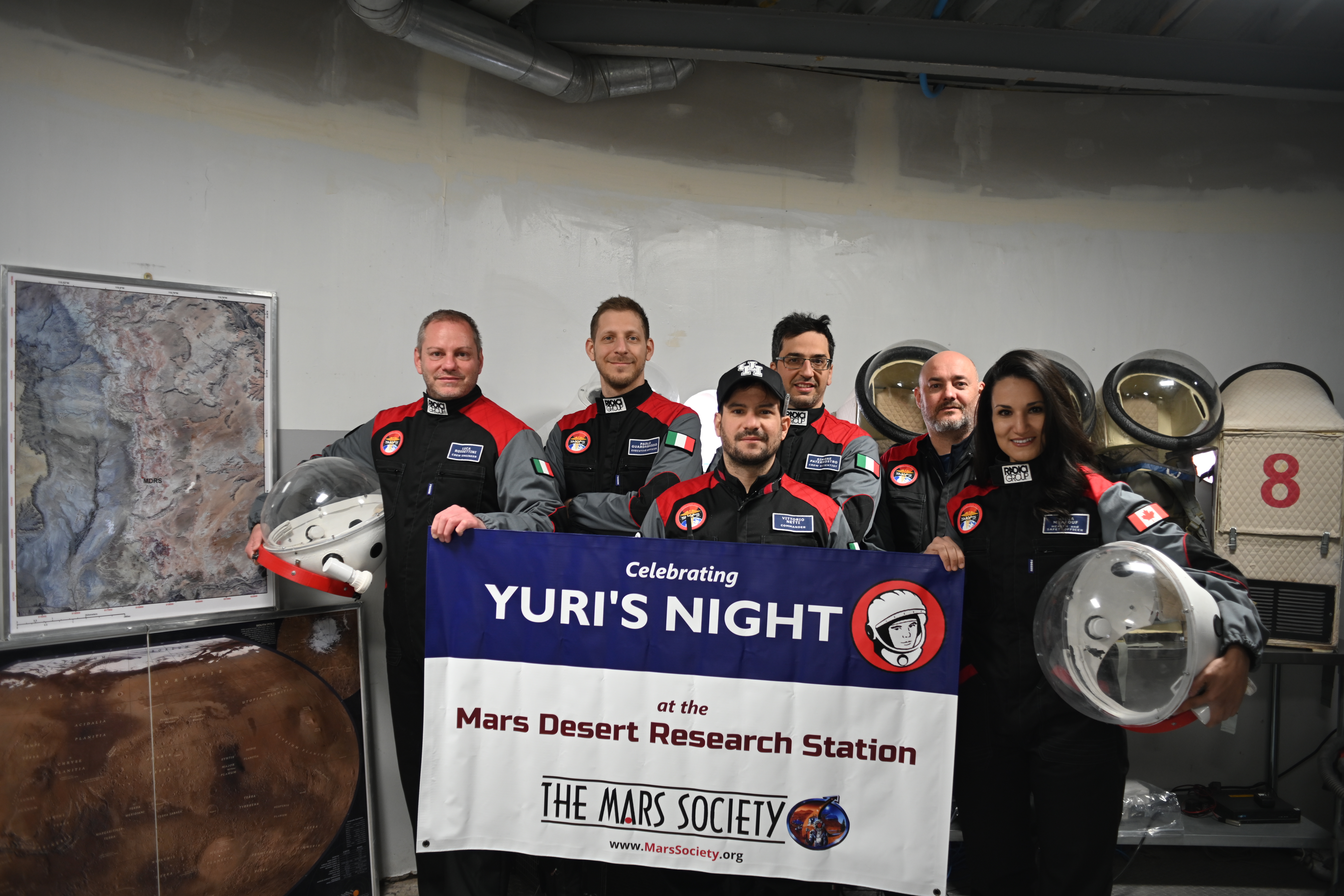
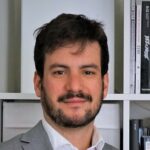
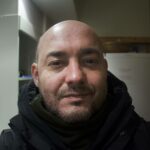
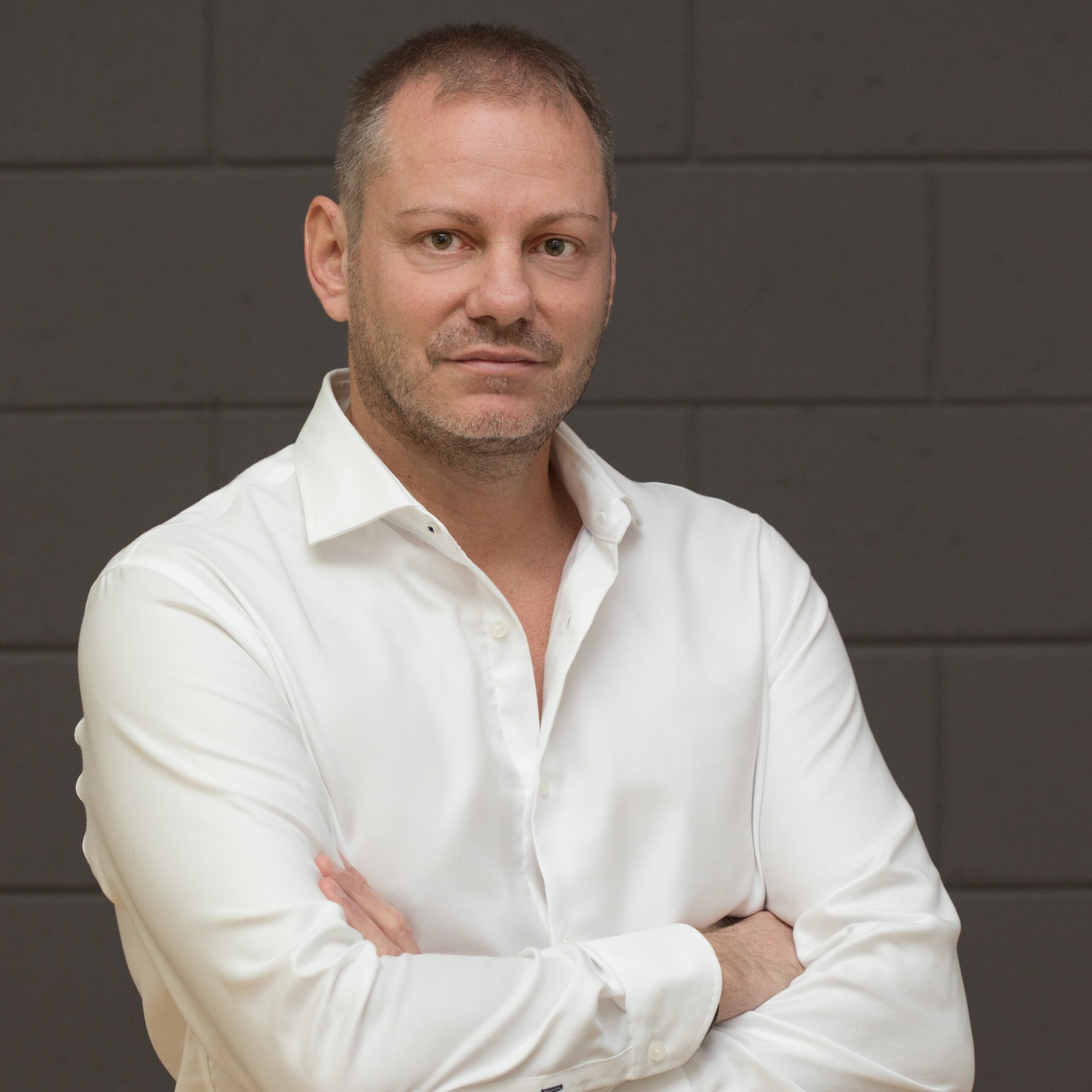
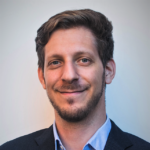
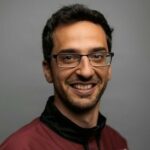
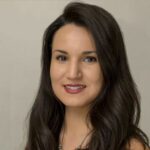
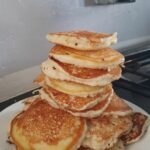
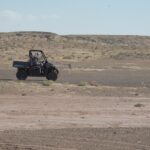
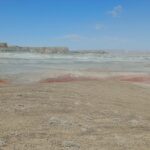
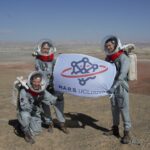
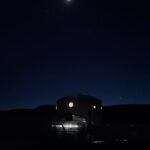
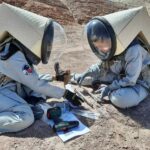
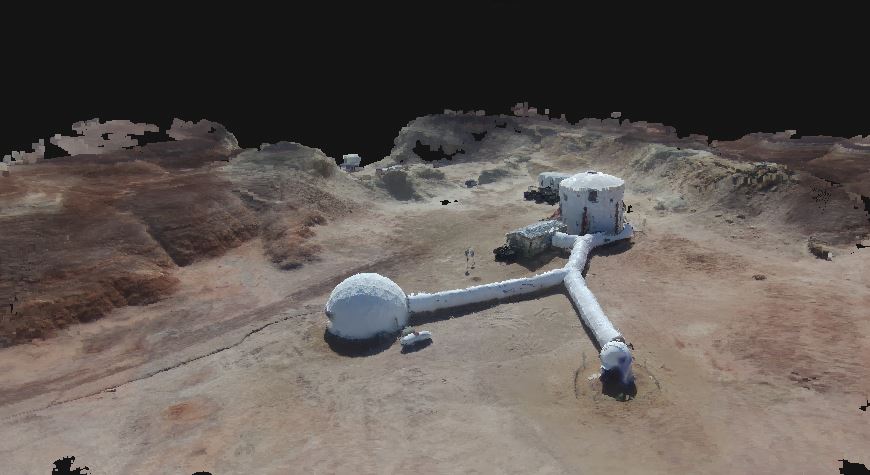
You must be logged in to post a comment.